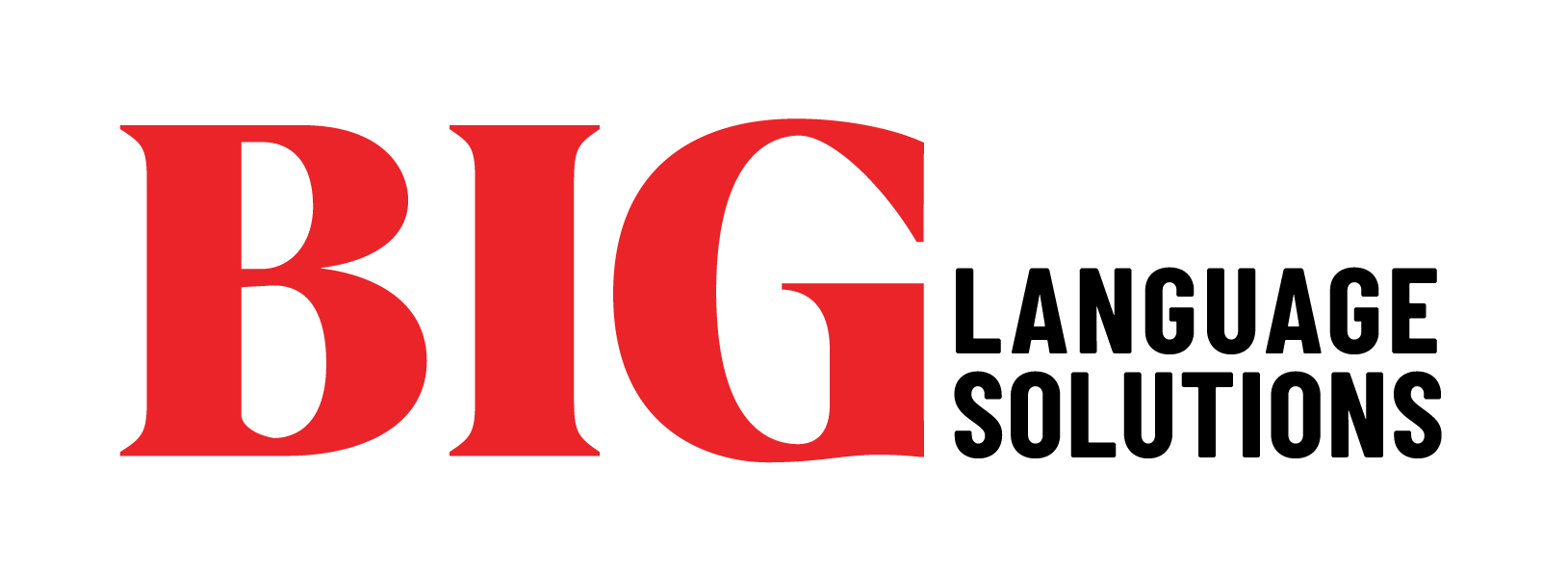All manufacturing businesses, whether they produce food, medicines, or jet engines, use proprietary processes that are complex and often require scientific notation, complicated formulas, and precision and accuracy to ensure their products are as they intended.
When these manufacturing businesses want to start selling their products to an international audience or decide to relocate their manufacturing operation to a different, less-expensive country, there will be an array of documents to translate.
This will include user guides, technical manuals, and website pages that will need translation by someone who is an expert in their industry and is knowledgeable in the systems and procedures that are common for that type of manufacturing.
What is a technical translation?
If you compare a technical translation to other translation types, you’ll quickly realize that technical translations are complex and highly specialized. The language used in science, engineering, software, and manufacturing is based on precision and accuracy. More than this, a technical translator must have an in-depth understanding of the intricacies of the subject matter and will ideally have worked in a similar industry.
They’ll understand the terminology and vocabulary of the processes and be a native-level linguist in the target language and understand the cultural nuances of the target country. This level of understanding will ensure that the technical translation is accurate, precise, and correctly conveys the subtleties and local variations that will eliminate misunderstandings.
Are all technical translation service providers the same?
Technical translators often work exclusively in specific industries or industry sectors, where they have mastered the language conventions and jargon that is common place in their chosen industry. Industries commonly needing technical translators include medical, aerospace, and aviation, where the risk of an error is amplified. In these sectors, clients will demand not only an excellent understanding of the subject matter, but a specialist with many years of relevant experience.
Additionally, technical translators must have excellent language skills to find accurate and appropriate substitutions so their target audience will understand the translated document as if it was written in their language.

How technical documents are translated for the manufacturing sector
Manufacturers have exacting requirements for their technical translations. After all, in an industry where the incorrect placement of a decimal point can have profound repercussions, accuracy and precision are paramount.
In addition to using subject matter experts who are native-speaking translators, there is a great deal of technology that can assist with some aspects of technical translation for manufacturers.
Translation Glossaries
Translation glossaries are a database of industry-approved substitutions of phrases, words, and technical terms to improve accuracy and consistency across all translated documents.
There are three main reasons for using a translation glossary. First, it will increase productivity and speed up the translation process, as some words and phrases will already be available in the translation glossary. Much of the research will be performed during the glossary creation process, thus allowing the translation process to run at a faster pace.
Second, inconsistent terminology will also be eliminated, and time will be saved during the editing phase as less reworking will be required.
Finally, when launching your product in a new marketplace, which usually involves translating your documentation, user manuals, packaging, and marketing materials, using a translation glossary will speed up the time it takes to go to market. This will get your new income stream online quicker.
Computer-Assisted Translation and Post-Editing
Computer-assisted translation tools rely on translation memory to provide translation suggestions and corrections. Using a Computer-assisted translation tool helps the translator to work more quickly, accurately and in line with previous translations helping to maintain consistency across the business’s documents.
However, it is worth noting that a computer-assisted translation tool is only as good as the translator who is using it and they need a skilled translator who is knowledgeable in the subject matter they are translating.
Why a shrinking world helps manufacturers and translation companies
As of January 2021, 4.66 billion people worldwide use the Internet, just a shade under 60% of the global population. Of these, 92.6% (4.32 billion) are on the Internet via a mobile device.
Manufacturing companies who translate their websites, marketing materials, product labels, user guides, and technical specifications into ten other languages will be able to reach 77% of all internet users – a compelling argument to have multilingual offerings.
Finding a translation company with access to top industry experts, including engineers, architects, chemists, and developers, who can also provide translations and localizations in over 200 languages, can be challenging.
However, at BIG Language Solutions, our technical translation team covers all the top industry disciplines. It can ensure strict regulatory compliance, leveraging our intuitive technology platform to lower costs and increase efficiency while supporting you 24/7.
For more information contact us.









